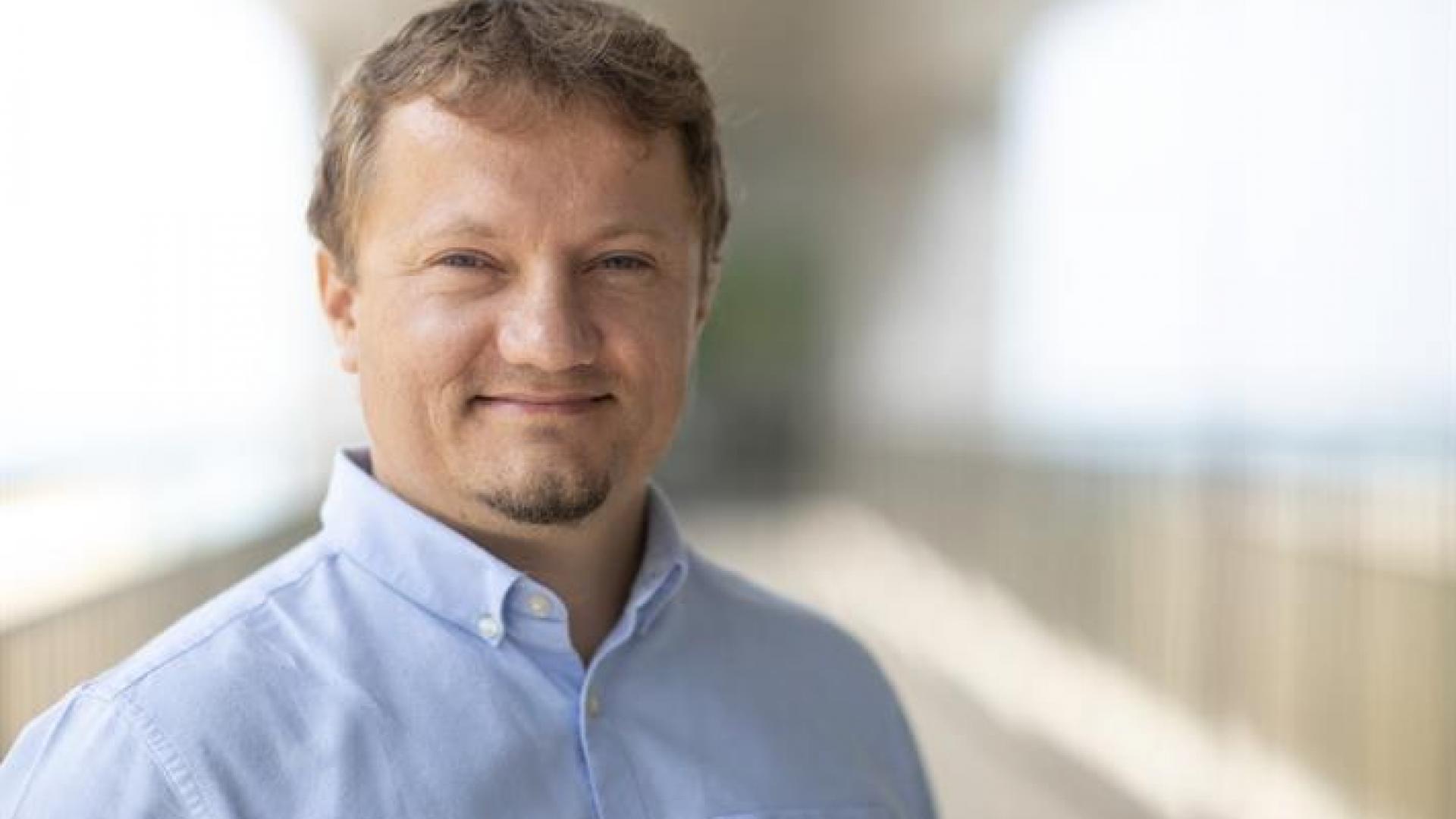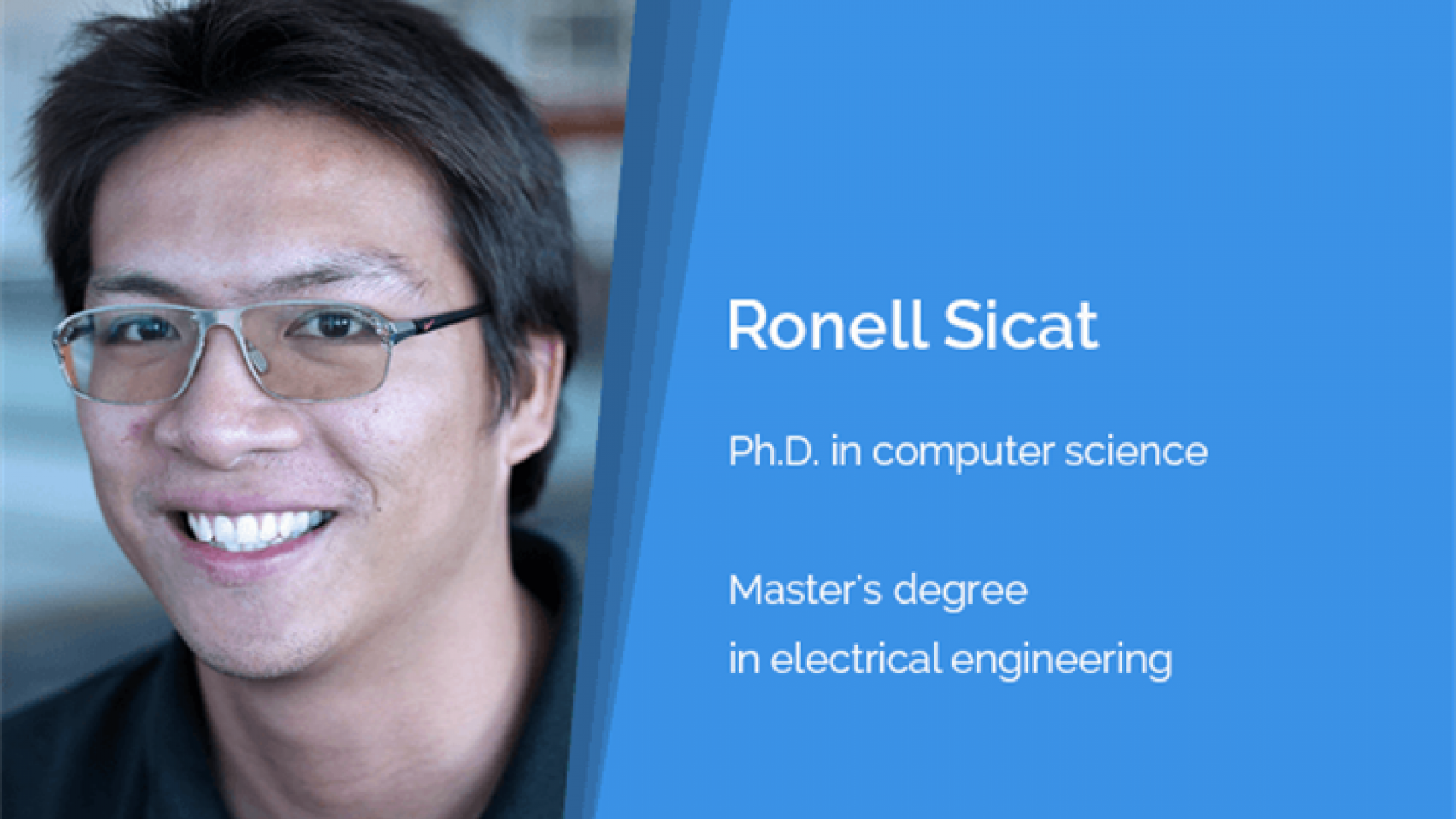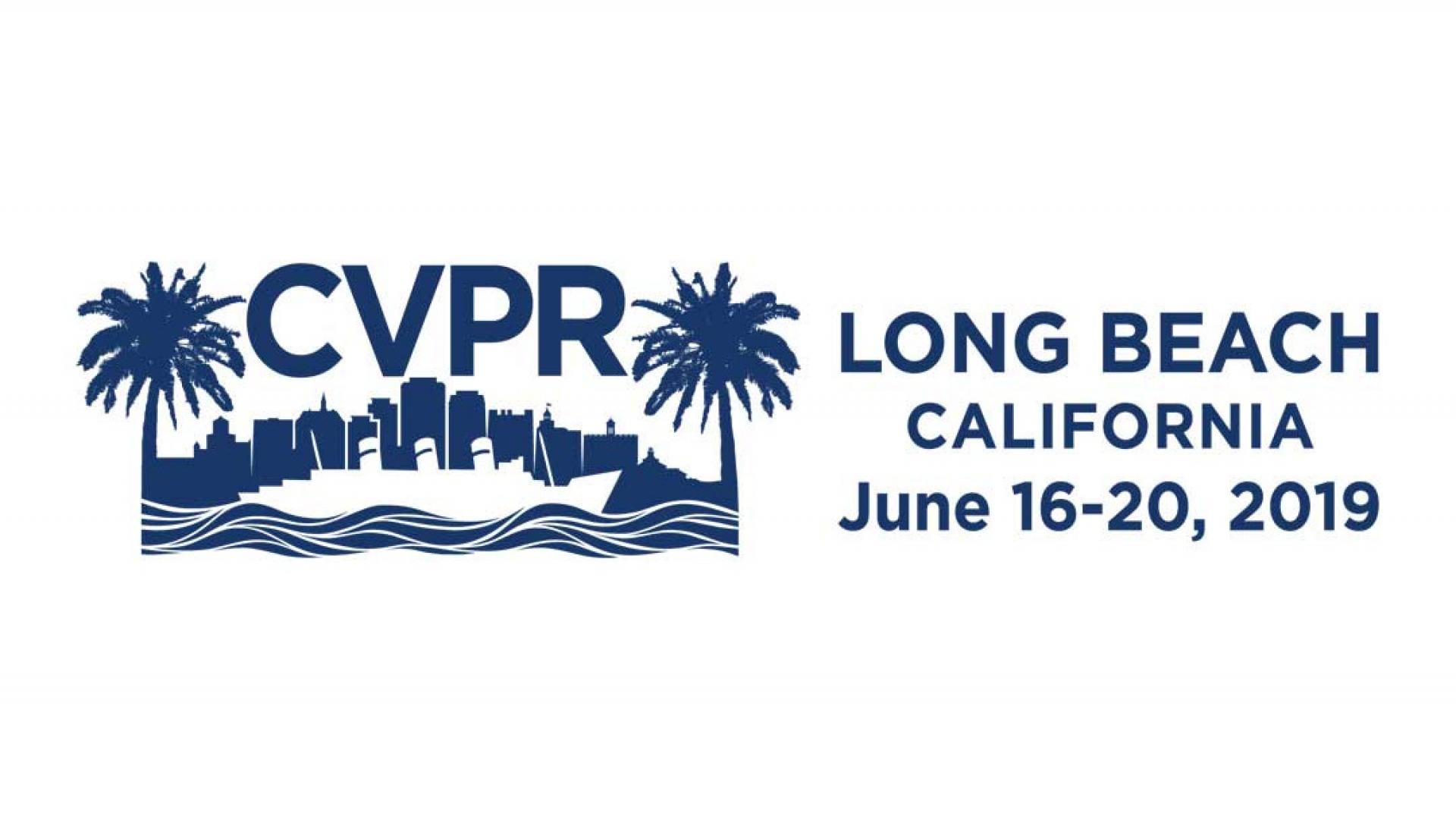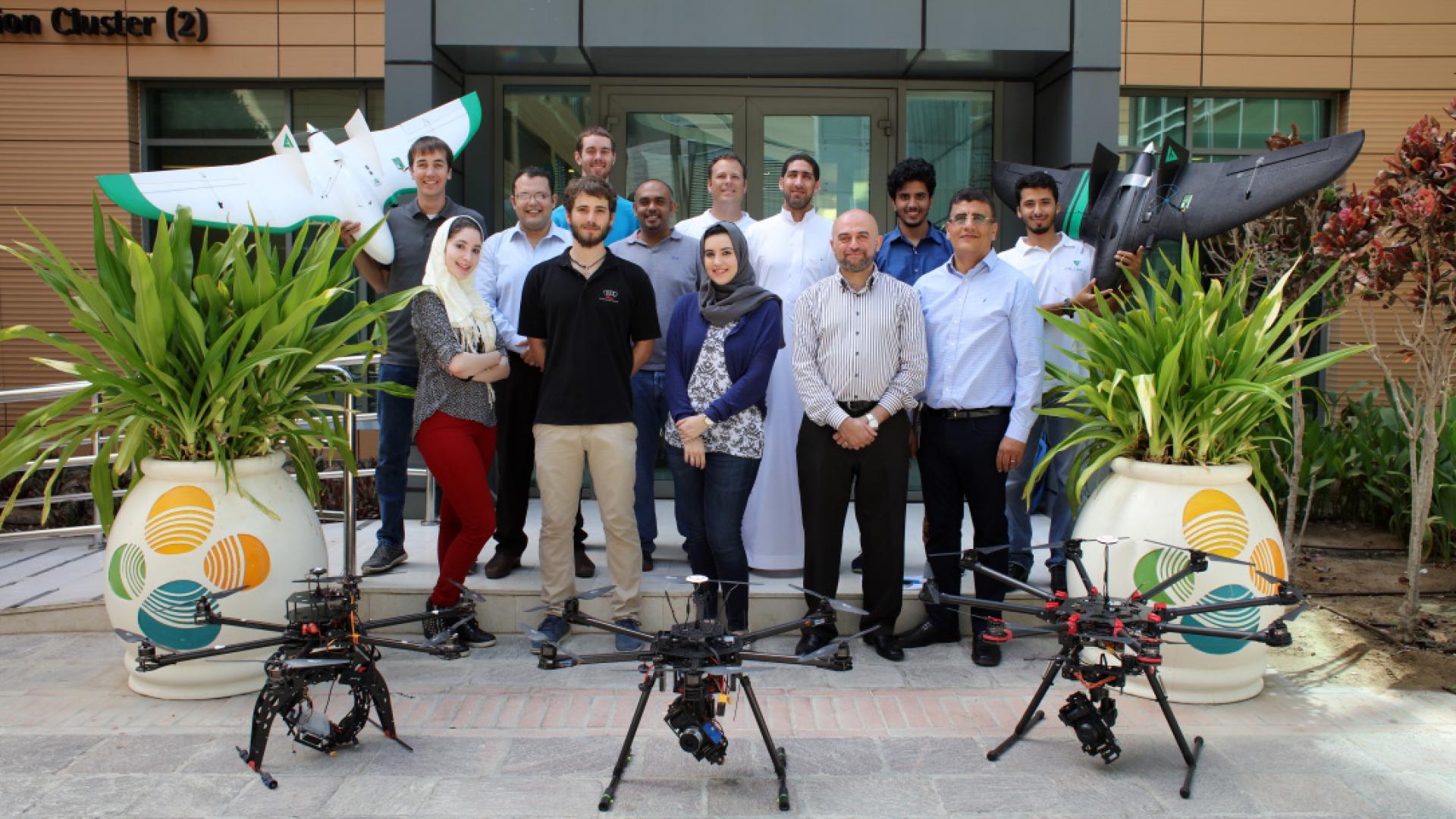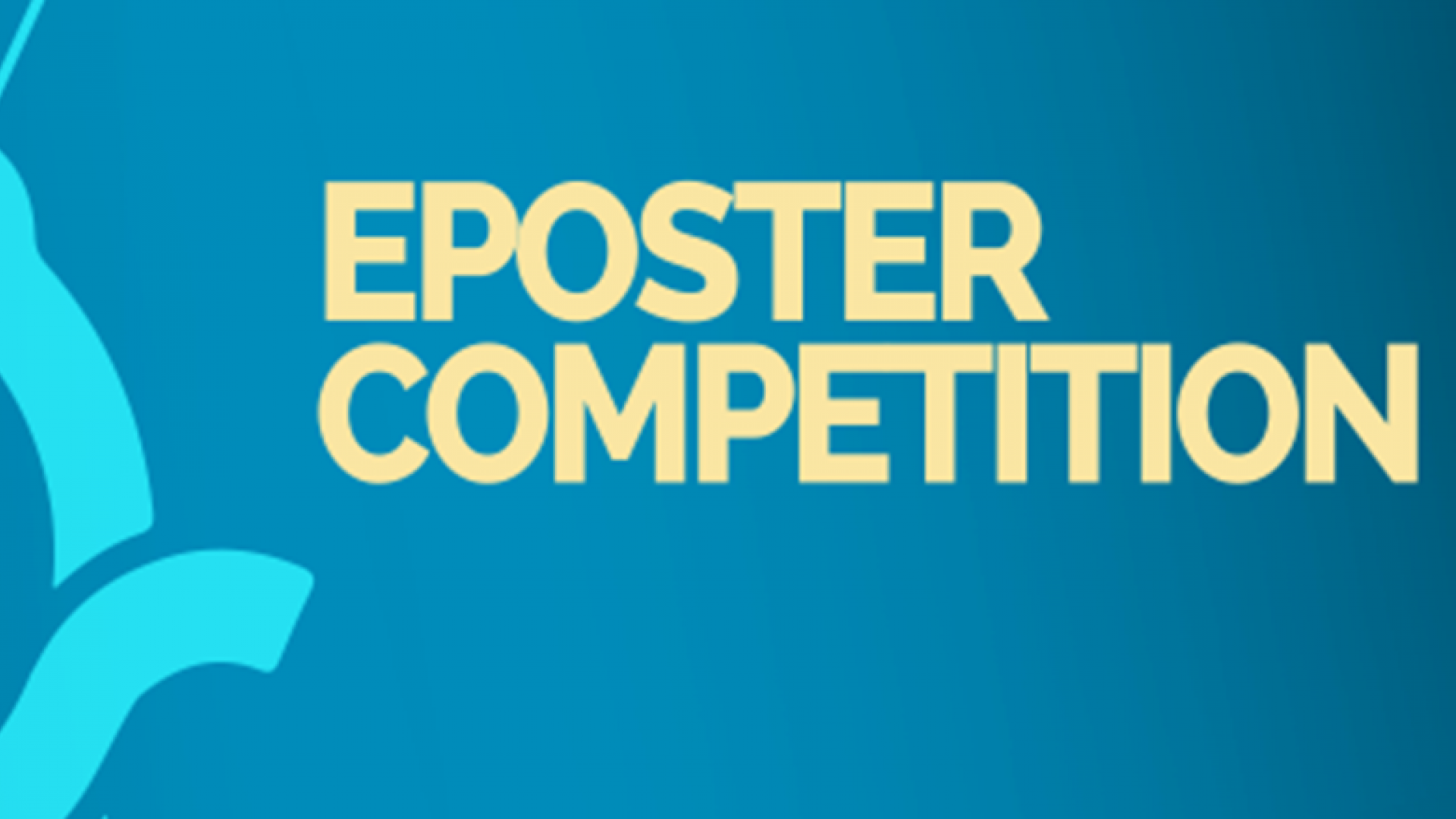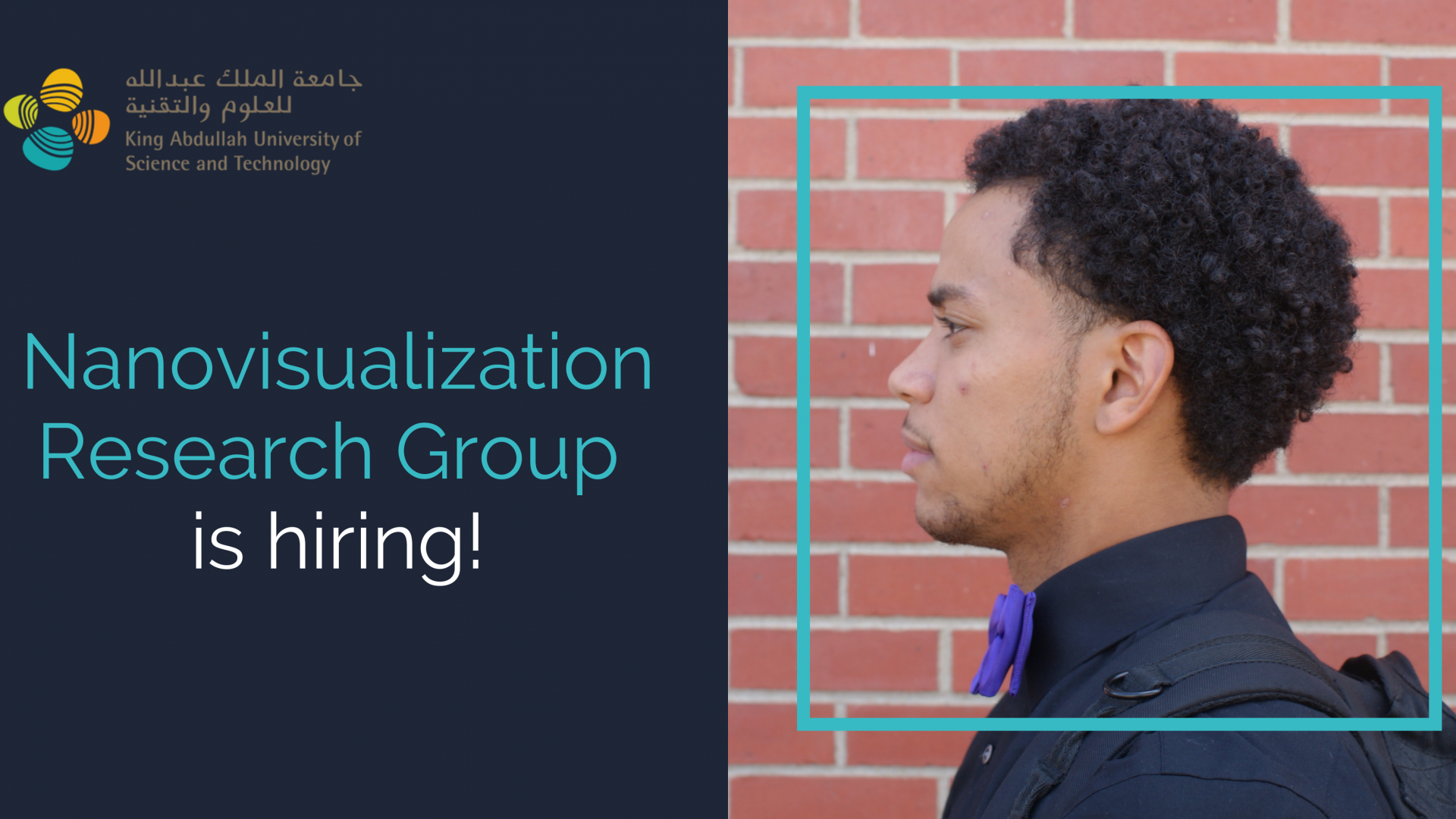Adel is invited to give a talk at the Phi's Research and Innovation Summit, in Dead Sea in Jordan Aug19.
We are proudly announcing that Professor Ivan Viola has joined VCC as an Associate Professor of Computer Science in November, 2018. He is establishing the Nano-visualization Research Group as a part of the Visual Computing Center.
Teaching has the power to test the limits of one's knowledge. Teaching algorithms to learn using machine learning is making it possible for cars to do away with human drivers in the near future, but this has also opened up new questions about the limits of our knowledge of the brain and learning.
The Visual Computing Center would like to welcome back Professor Helmut Pottmann who recently rejoined the center in October 2018.
FalconViz has been successfully listed among the 9 most promising startups in Saudi Arabia according to Startup MGZN. It is a Saudi registered company focused on 3D surveying and mapping by Unmanned Aerial Systems (UAS) with autonomous integration of
Nanovisualization Research Group is hiring scientific staff on the levels of Research Scientist, Postdoctoral Fellow, and Graduate Student.
Follow the links to apply for the respective position:
- Research Scientist position
- Postdoctoral Fellow
- Graduate Student
